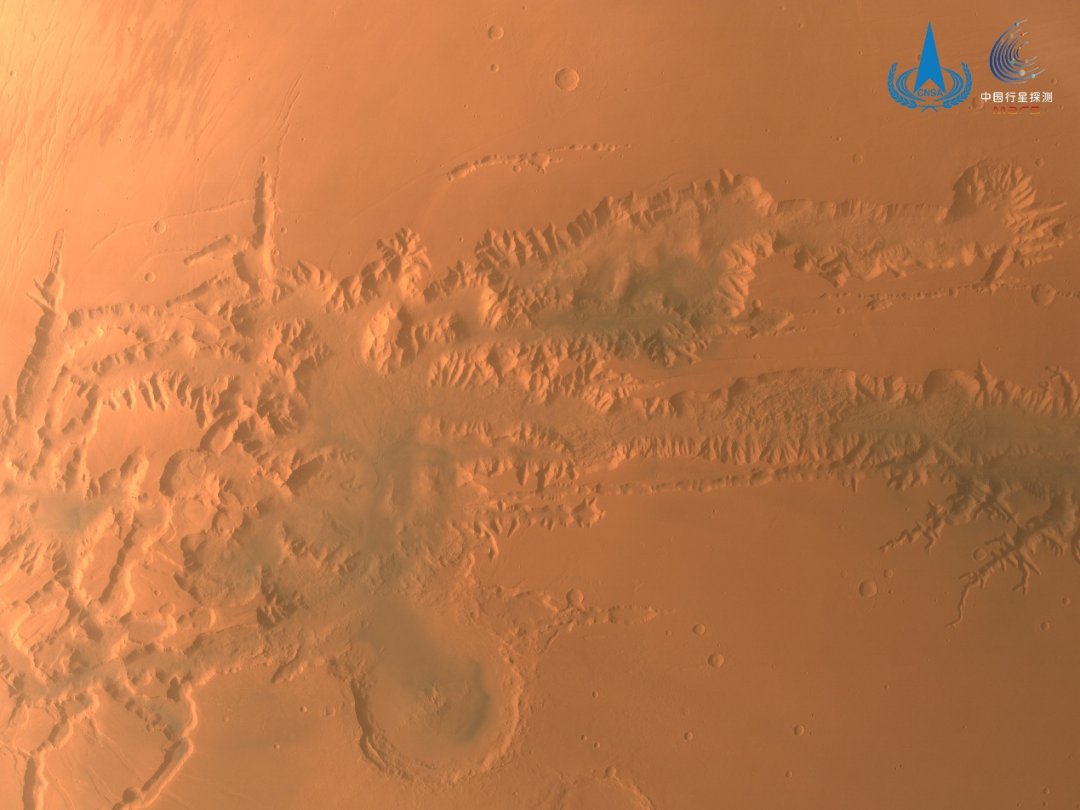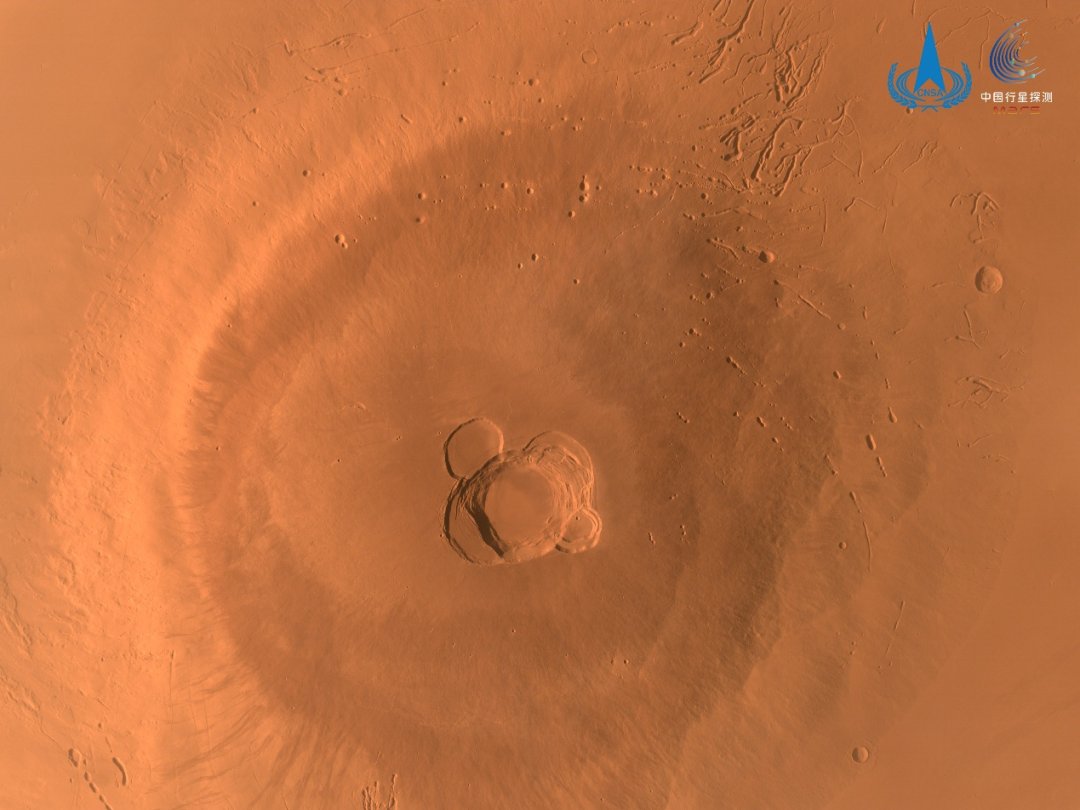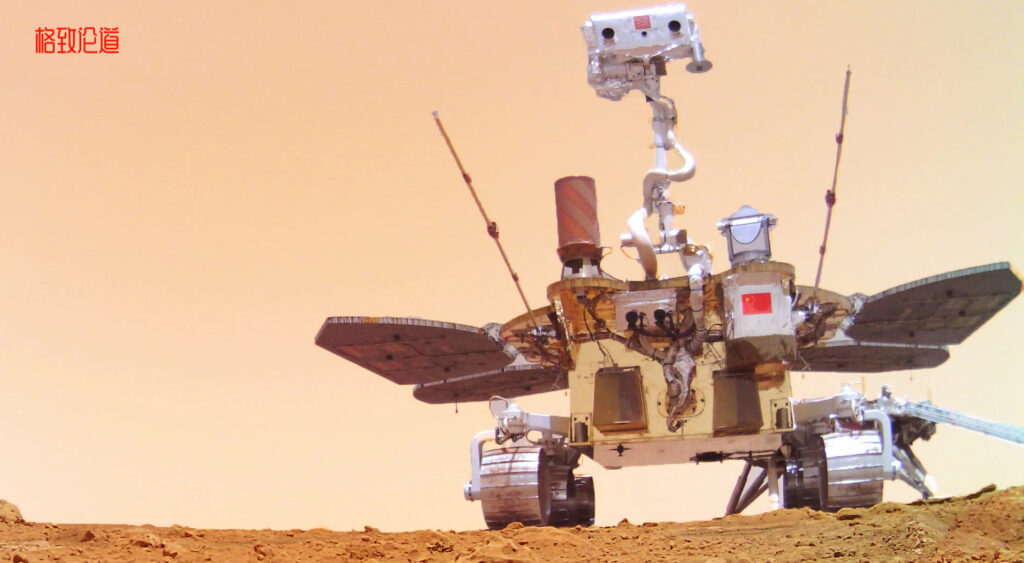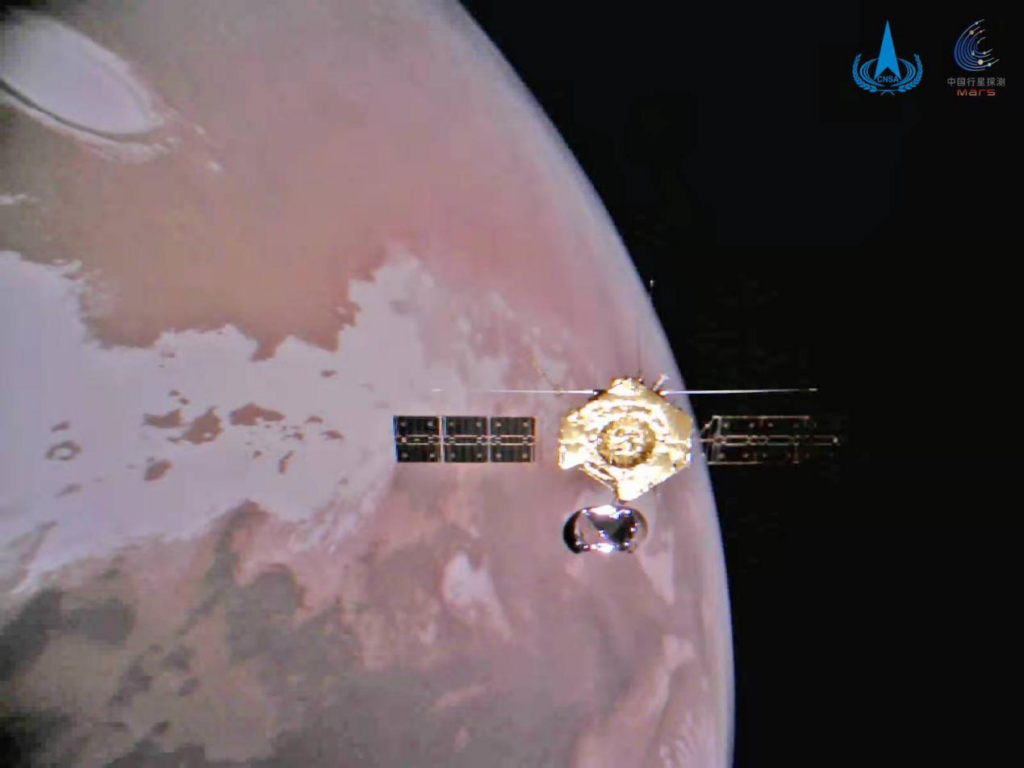The Chinese National Space Administration (CNSA) announced that the Tianwen-1 spacecraft has completed mapping the Martian surface. This means that it has achieved all the goals of its mission.
The main achievements of “Tianwen-1”
Tianwen-1 went into space in July 2020. It became the first spacecraft launched independently by China to Mars. Tianwen-1 entered orbit around Mars in February 2021, after which it began to carry out its very intensive scientific program. It was engaged in mapping Mars, studying the geological structure of the planet, the characteristics of the surface layer and the distribution of water ice in it. Tianwen-1 also measured the parameters of the planet’s ionosphere and collected data on its climate. In total, the Chinese envoy transmitted 1040 GB of information to Earth.




In May 2021, a lander separated from Tianwen-1, which delivered the first Chinese rover Zhuzhong to the surface of the Red Planet. In addition, it took several selfies with the detachable camera used.

The last task of Tianwen-1 was to map the Martian surface in average resolution. Its completion drew a line under the main stage of the mission.
The future of Tianwen-1
According to CNSA representatives, Tianwen-1 will continue to observe Mars. The device will also be used to test on-board equipment and test the technology of air braking, which in the future will be used in the mission to deliver samples of Martian soil to Earth.

As for the Zhuzhong rover, it traveled a total of 1,921 meters on the Martian surface. Due to the onset of the dust storm season on May 18, the rover was put into sleep mode. Mission controllers intend to reactivate the device in December 2022, when weather conditions are expected to improve. After that, it will resume its scientific program.
According to https://www.globaltimes.cn
Follow us on Twitter to get the most interesting space news in time
https://twitter.com/ust_magazine

